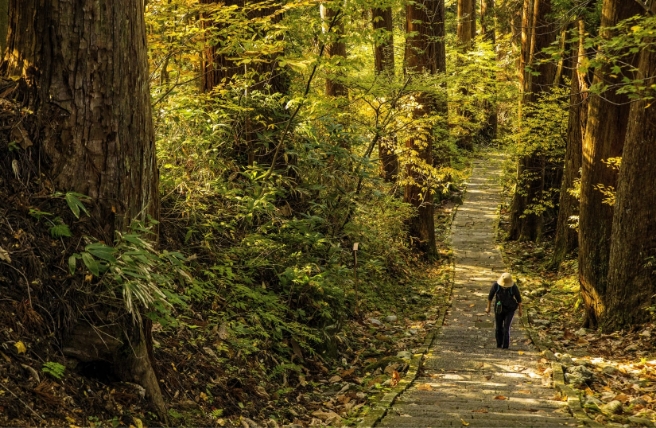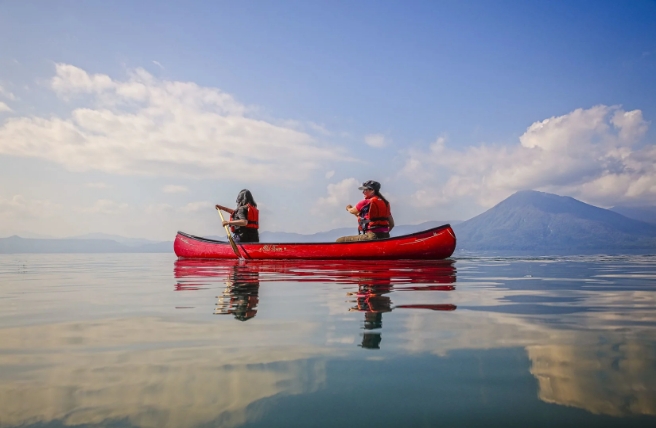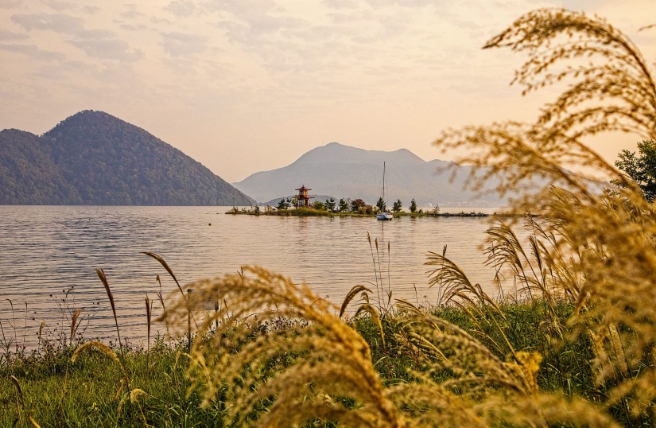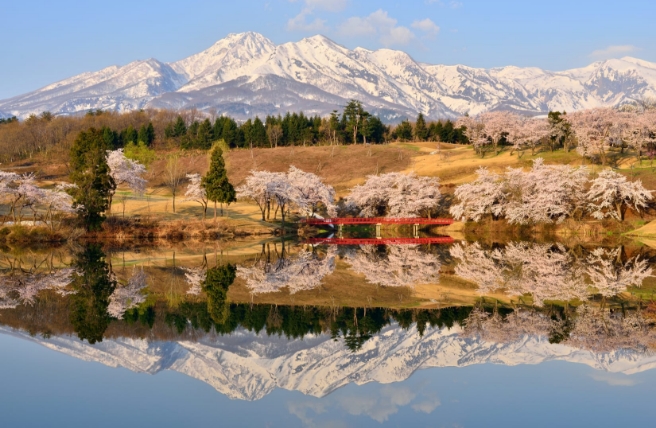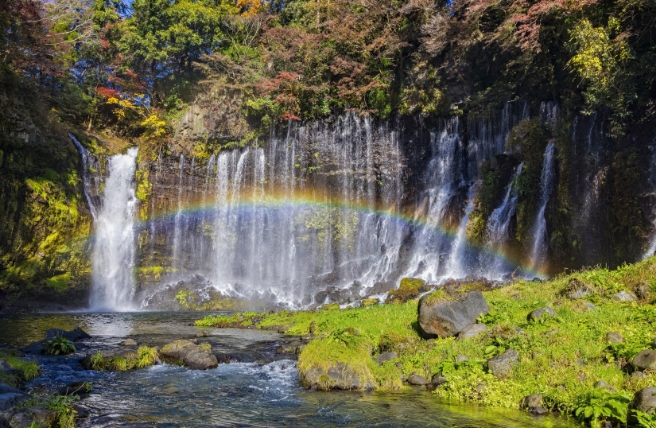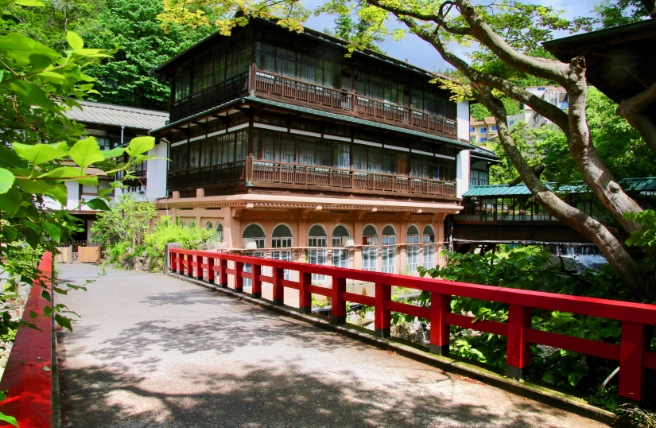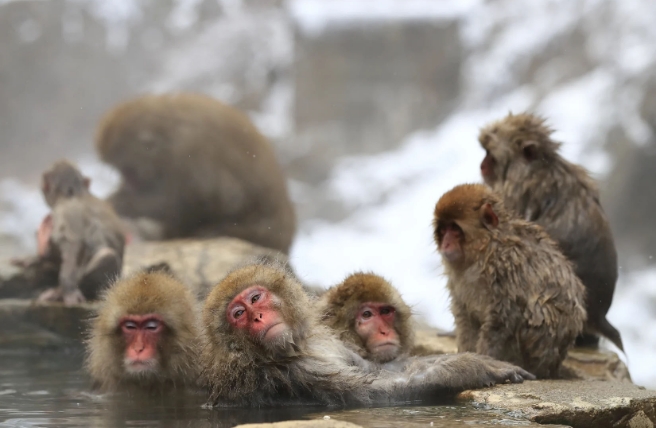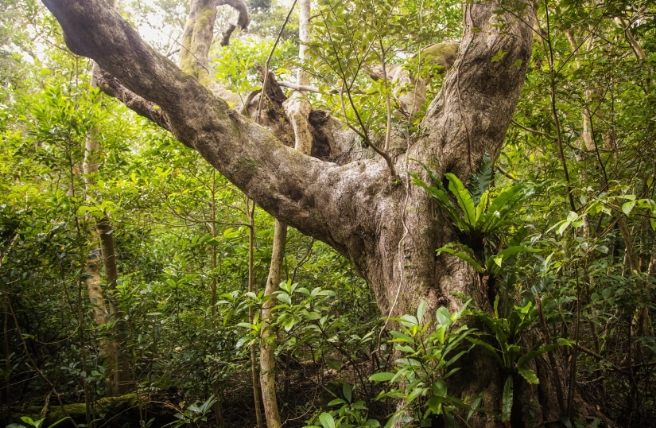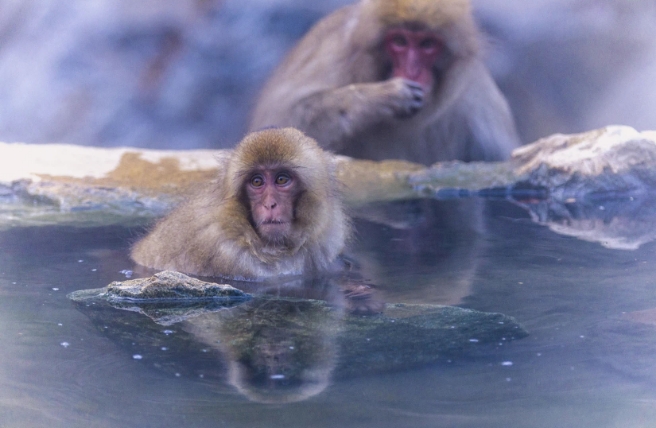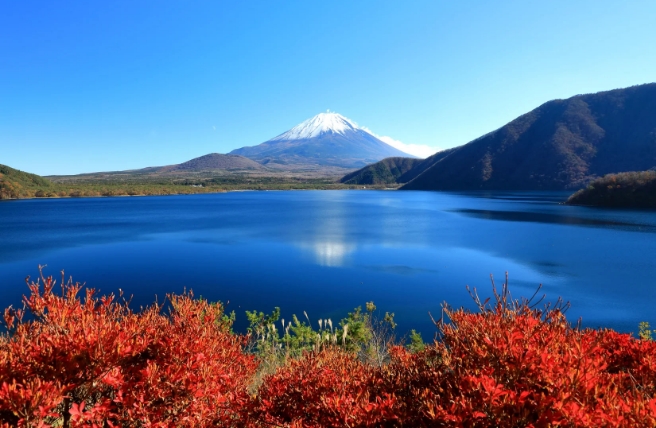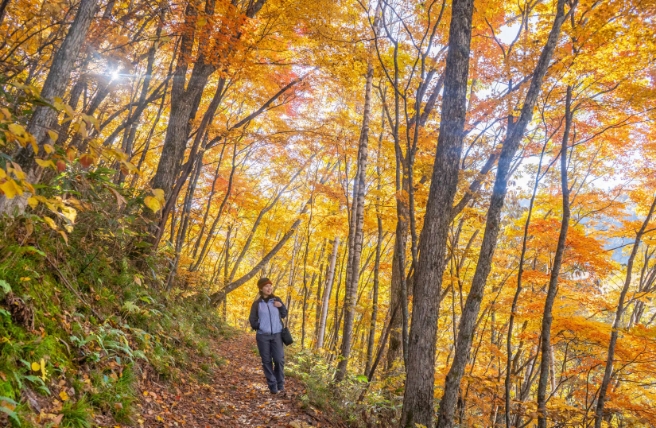A true animal-lover working towards the protection of endemic wildlife on Amamigunto’s diverse islands
| Ranger | Honami Hayase |
| Park | Amamigunto National Park |
| Recommended Spot | Dragon Fort |
| Recommended Activity | Snorkeling |
* This article was written based on an interview conducted with the park ranger in November, 2019.
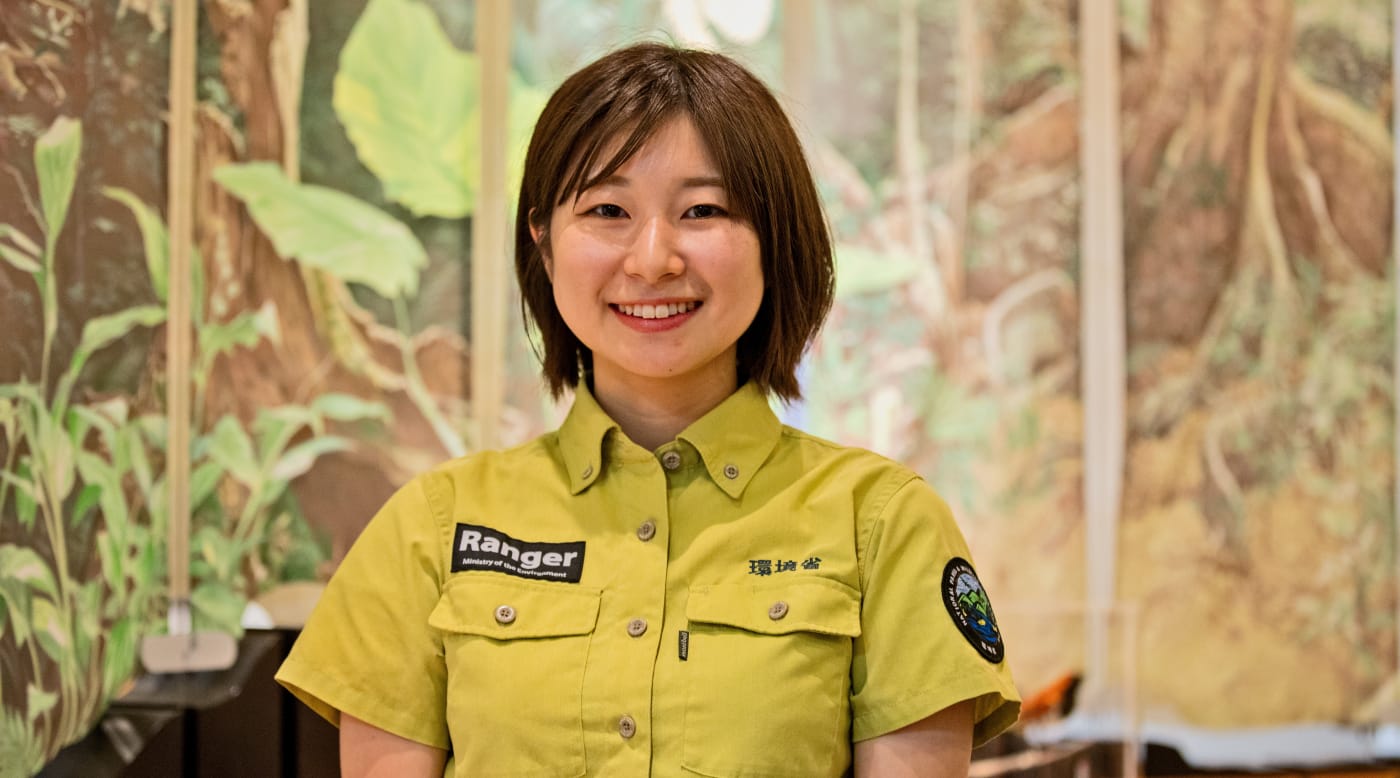
Amamigunto National Park is blessed with a variety of endemic plants and animals. Some examples include the banded ground gecko, which only exists on Tokuno Island; the Amami jay, which can be found in the Amami Nature Observation Forest; and the flying spider-monkey tree ferns that grow prominently in the Kinsakubaru Native Forest. The Amami rabbit, with its distinctive small ears and dark brown fur, can only be found on Amami Oshima and Tokuno islands.
What Is It Like to Be a Park Ranger on Amamigunto?
Working as a park ranger in Amamigunto National Park gives Honami Hayase the rare opportunity to study these native plant and animal species, many of which can be encountered not far from residential areas. From a very young age, Hayase loved learning about the natural environment and animals—working here in Amamigunto is her dream come true.
An important aspect of her job is monitoring the number of animals on the islands, both native and invasive. “There were no native predatory mammals in Amami before, so most native animals thrived back then. Now, some of them are under threat due to the introduction of nonnative species. It’s a common problem on small Japanese islands.” Hayase and her team set up sensor cameras to monitor wildlife around the national park.
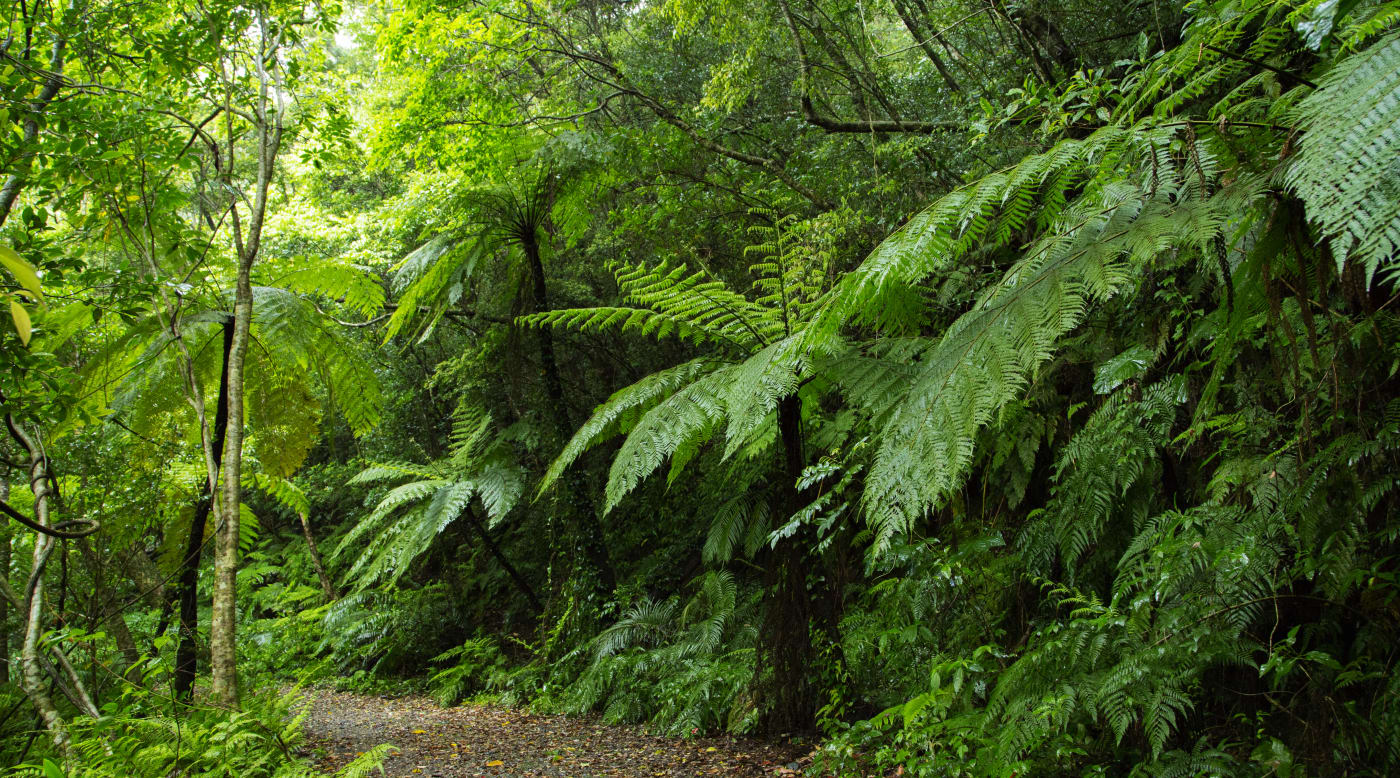
Managing Alien Species
Mongooses were introduced in 1979 and have become the most dangerous threat, preying on rare species like the Amami rabbit and Amami Ishikawa’s frog. To counteract this threat, an organization called Mongoose Busters was formed in 2000. The group sets up food traps around the island and uses detection dogs to locate mongoose burrows. There used to be around 10,000 mongooses on the island, but the estimated population is now less than 10.
Hayase says they haven’t seen or located a single mongoose for more than a year, which is a great sign, but if they stop monitoring them, the population is likely to increase again. The goal is total eradication. “We're so close to complete elimination; we're almost there,” Hayase says.
When asked if there any examples of an invasive species being successfully eradicated from any of Japan’s national parks, Hayase replies in the affirmative: “Yes, there is. The Asian tree frog was a problem in Iriomote-Ishigaki National Park for a while, competing with other endemic frogs for food and habitat. Now it’s completely gone from Iriomote thanks to conservation efforts.”
Hope for Native Animals
The Amami rabbit is one of the most beloved endemic animals in the park, but it is an endangered species. The rabbit population is on the rise again, thanks to the capturing of mongooses and taking measures to protect rabbit habitats. Hayase constantly monitors the population of Amami rabbits using a range of methods, including counting their droppings by rivers.
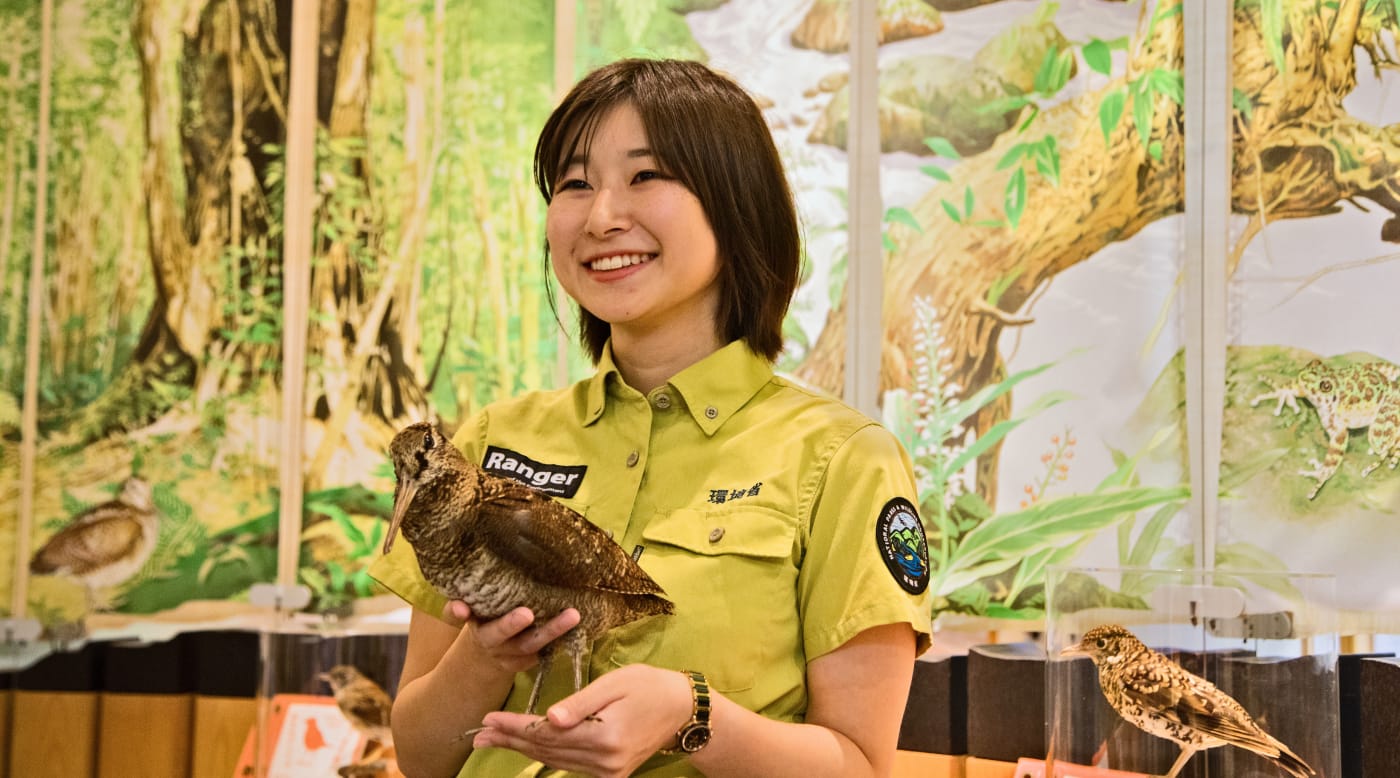
Hayase says the most fulfilling part of her job is when she sees signs of recovery of native animals like the Amami rabbit. For example, receiving news about sightings, or droppings where there weren’t any before. “It really makes my day,” she enthuses.
Recently, there was a sighting of the Ryukyu long-tailed giant rat (an animal threatened by habitat loss or invasive species) near the visitor center. These creatures have not been sighted so close to populated areas before, which shows that the population is increasing. “This is the result of our daily activities,” Hayase says.
Underwater Discoveries
Besides studying animals on Amami, Hayase enjoys snorkeling in her free time. She spends hours underwater during the summer. “The Oshima Straight is particularly beautiful,” she notes. Diving is also quite popular in Amamigunto, but you can also see a lot of beautiful coral and colorful fish while snorkeling.

If you do go diving, you might spot the Amami hoshizora fugu (hoshizora means “starry sky”), a type of puffer fish discovered in 2012. “It’s very cute,” Hayase says. Males make something called a “mystery circle,” a round pattern in the sand on the ocean floor to attract females.
Hayase Recommends
“I recommend getting a taste of each island in the park to fully enjoy Amamigunto,” Hayase says. Although the islands are spread out, you can reach all of them by plane or ferry from Amami Oshima, Amamigunto’s largest island. “Each one has its particular charms—beaches, birds, caves, mangroves, snorkeling, diving and so much wildlife.”
